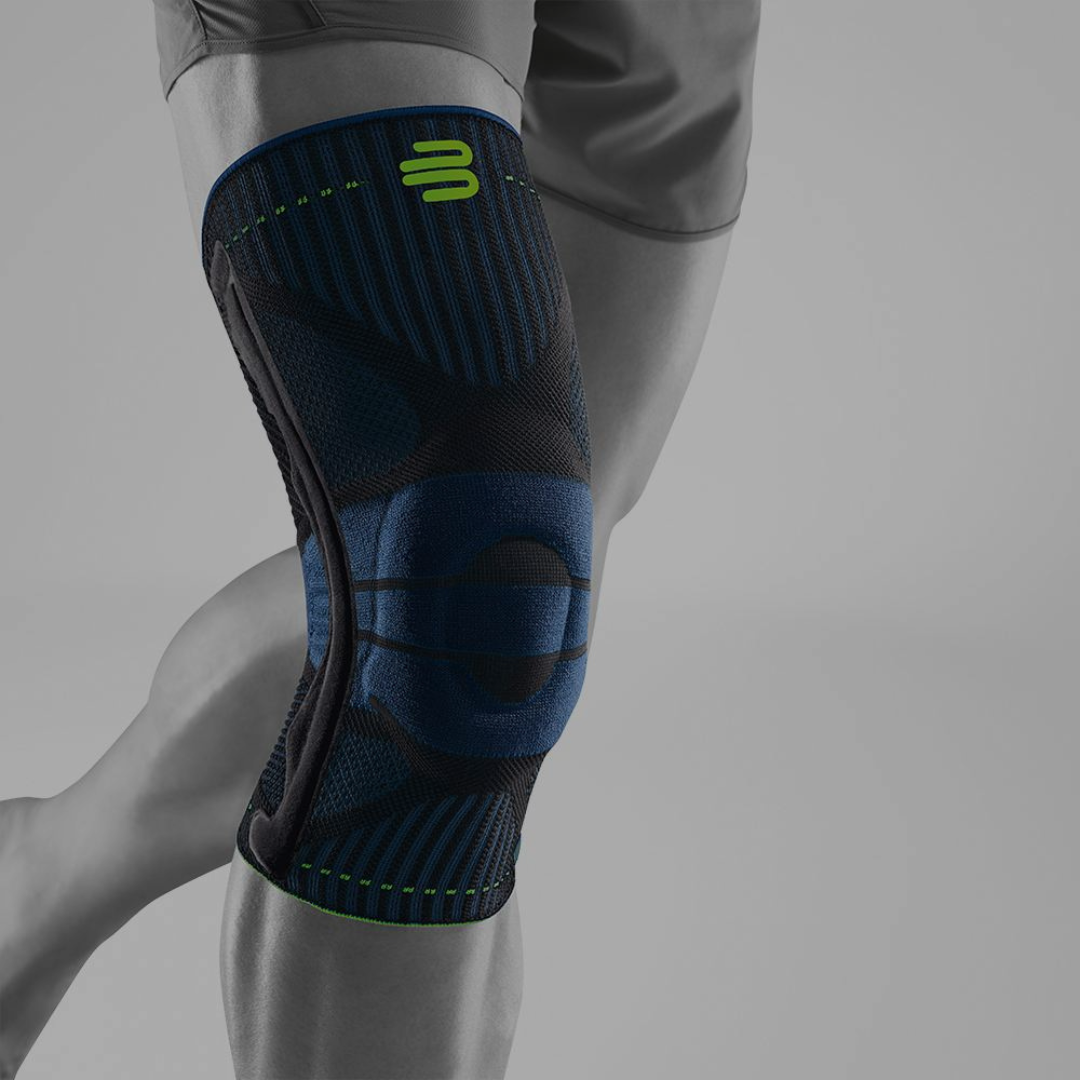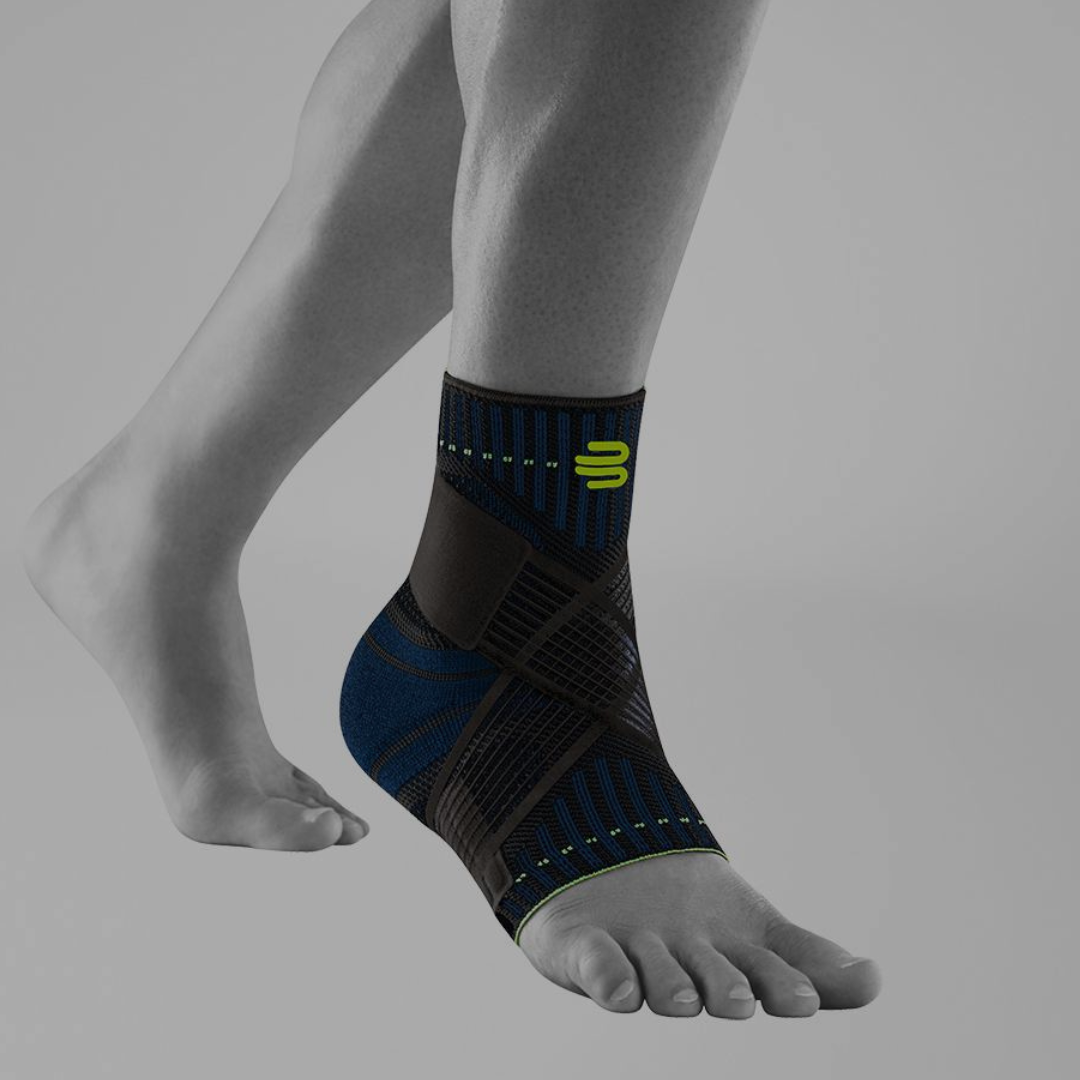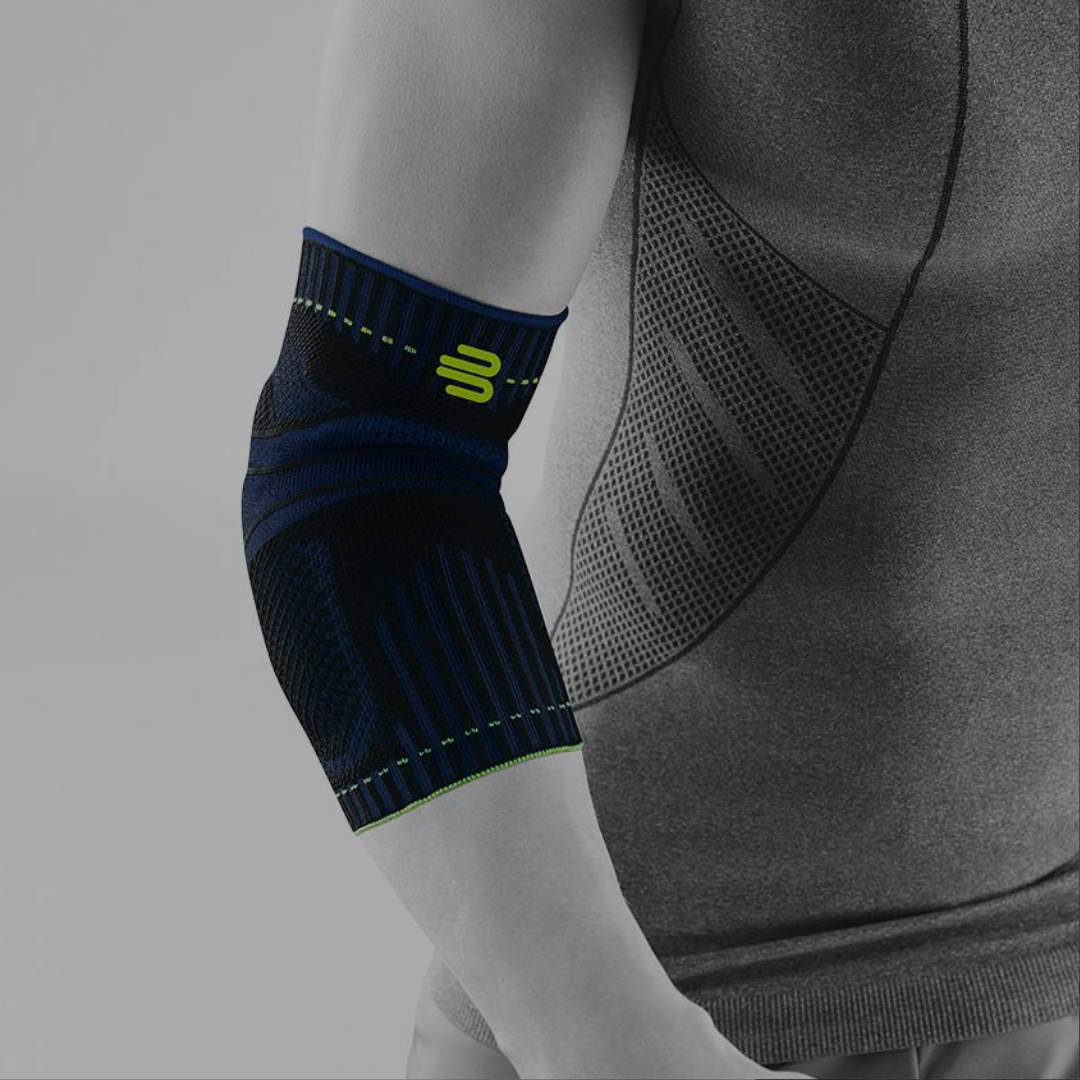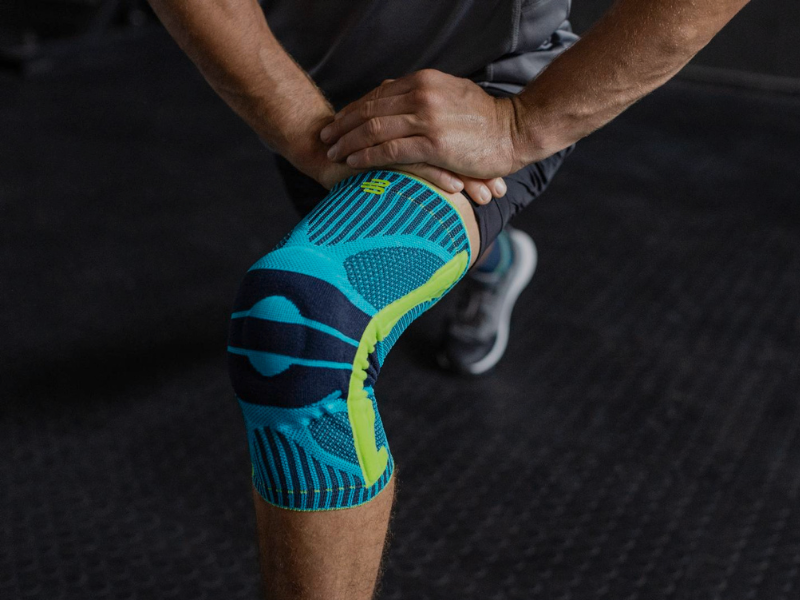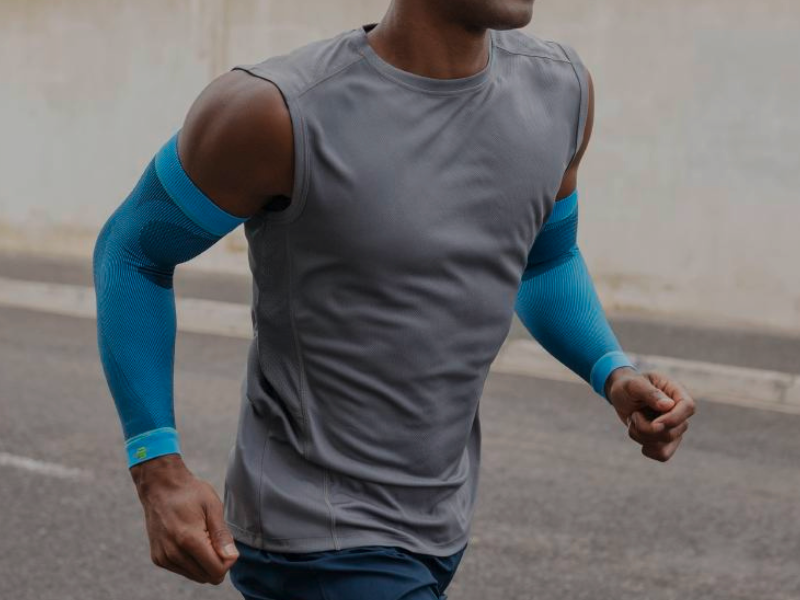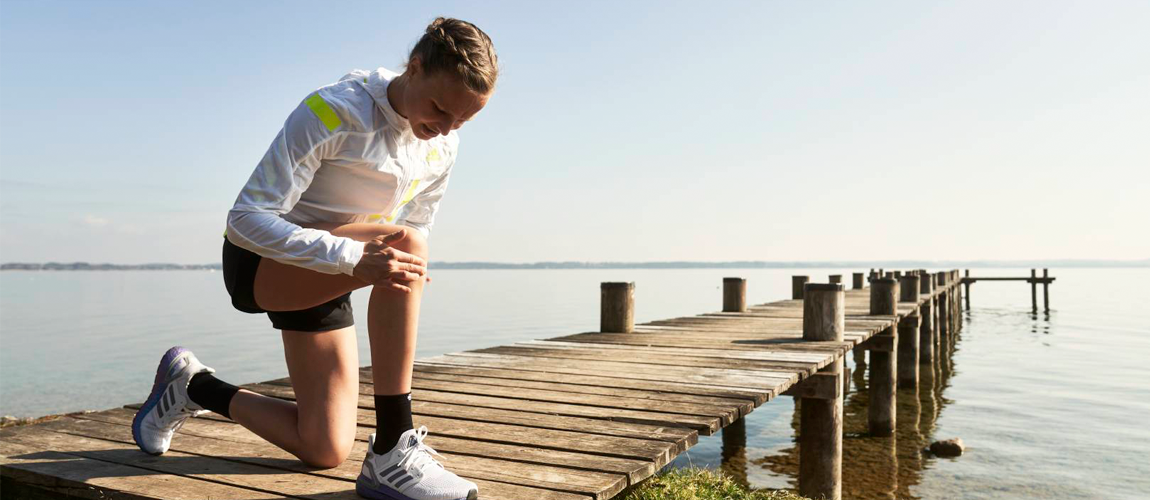A piercing pain at the front of the knee below the kneecap is the classic symptom of patellar tendonitis, also known as jumper’s knee. But as a runner, don’t let this term confuse you. Depending on your running and training style, you can be affected just as much.
What is patellar tendonitis?

The patellar tendon runs across the kneecap and connects the thigh muscle to the shin bone. As soon as the knee joint moves, strain is put on the patellar tendon – that means it has to withstand a lotof pressure. If the excessive strain continues, it will become too much at some point, reslting in irritation of the patellar tendon. If this irritationdoes not subside by itself after a short time but becomes chronic instead, wear can cause “degenerative” changes, leading to patellar tendonitis.
In certain sports, it’s the quick starting and stopping movements, sudden changes of direction, and jumps that torment the patellar tendon – hence the name “jumper’s knee”. Running can also consist of lots of little jumps. That’s why runners aren’t safe from it either: if the knee is regularly subjected to too much strain during running, this can also lead to an irritation of the patellar tendon. Perhaps you approached your training too enthusiastically and overloaded your joints; perhaps you spent too much time on uneven or running on a very hard surface. In addition to these factors, your running shoes could be to blame – if they are no longer in proper condition, they cannot adequately fulfill their function of protecting your joints and must be replaced.
You must be particularly careful if you have already been diagnosed with reduced elasticity of the patellar tendon, a high-riding kneecap (patella alta) or congenital ligament weakness; in these cases, you will also be susceptible to patellar tendonitis.
Symptoms: what does a patellar tendon strain feel like?
The pain associated with inflammation of the patellar tendon is felt on and below the kneecap. Make sure that you get your physician to confirm whether you really are suffering from patellar tendonitis – or whether your pain is caused by something else. Do not take knee pain lightly. If you ignore an irritated patellar tendon and continue to subject your knee to excessive strain, it may even lead to a tear or partial tear of the tendon.
How do you treat patellar tendinopathy?

In cases of acute patellar tendonitis, it is primarily rest and relief that help. Depending on the severity of the irritation, you should take a break from running for between six and twelve weeks and take it easy on your knee joint. Your physician can prescribe pain-reducing and anti-inflammatory medication to treat the condition. Physical therapy, with stretches and massages, also boosts the healing process.
Returning to training with support
Once you have rested, you can slowly return to training. But do not try to continue where you left off. This is particularly hard for passionate runners. Remember that your body needs time after a break from training. Ideally, start with moderate jogging, then slowly increase the intensity. In order to prevent recurring irritation, we recommend wearing a patellar strap. The Bauerfeind Sports Knee Strap sits right below the knee. It is comfortable and will not slip. During your running training, it provides the patellar tendon with targeted support and relief – so you can soon train as before and remain free from problems.


